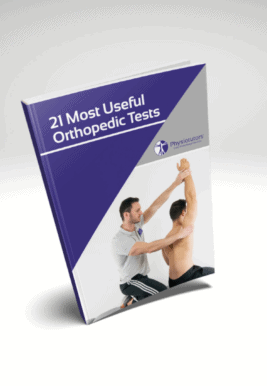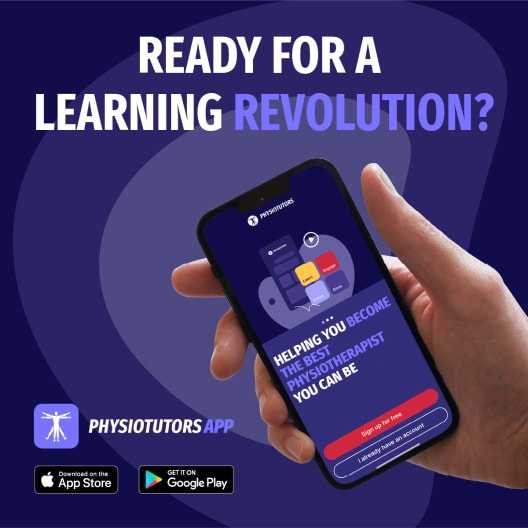Learn
Beatty Maneuver | Piriformis Syndrome | Deep Gluteal Syndrome Hip
Deep gluteal syndrome, abbreviated as DGS is defined as pain in the buttock area caused by a non-discogenic entrapment of the sciatic nerve in the subgluteal space.
The structures that can be involved in sciatic nerve entrapment are not only the piriformis, but also fibrous bands containing blood vessels, gluteal muscles, hamstring muscles, the gemelli-obturator internus complex, vascular abnormalities and space-occupying lesions.For this reason, the term “deep gluteal syndrome” instead of “pirformis syndrome” is now preferred.
Commonly reported symptoms include hip or buttock pain and tenderness in the gluteal and retro-trochanteric region. The pain is often described to be sciatica-like, often unilateral and exacerbated with rotation of the hip in flexion and knee extension. Other symptoms include intolerance of sitting for more than 20 to 30 minutes, limping, disturbed or loss of sensation in the affected extremity and pain at night getting better during the day.
No diagnostic studies have been done on the Beatty maneuver yet, which is why we give it a questionable clinical value in practice.
Before you conduct the test, make sure you have examined and excluded more prevalent pathologies in the lumbar spine and SI joint that could explain the patient’s symptoms. To perform the test, have the patient lie on the unaffected side with hips and knees flexed. Then ask your patient to abduct his thigh so that it comes off the table.
This test is positive if deep buttock pain is elicited in the affected upper side, while back is described in patients with lumbar disk disease.
Other common tests to assess for deep gluteal syndrome are:
- Heel Contralateral Knee (HCLK) maneuver
- Pace Maneuver
- Freiberg Sign
- FAIR Test
- Piriformis Test
- Seated Piriformis Stretch Test
- Active Piriformis Test
21 OF THE MOST USEFUL ORTHOPAEDIC TESTS IN CLINICAL PRACTICE

Like what you’re learning?
BUY THE FULL PHYSIOTUTORS ASSESSMENT BOOK
- 600+ Pages e-Book
- Interactive Content (Direct Video Demonstration, PubMed articles)
- Statistical Values for all Special Tests from the latest research
- Available in 🇬🇧 🇩🇪 🇫🇷 🇪🇸 🇮🇹 🇵🇹 🇹🇷
- And much more!








